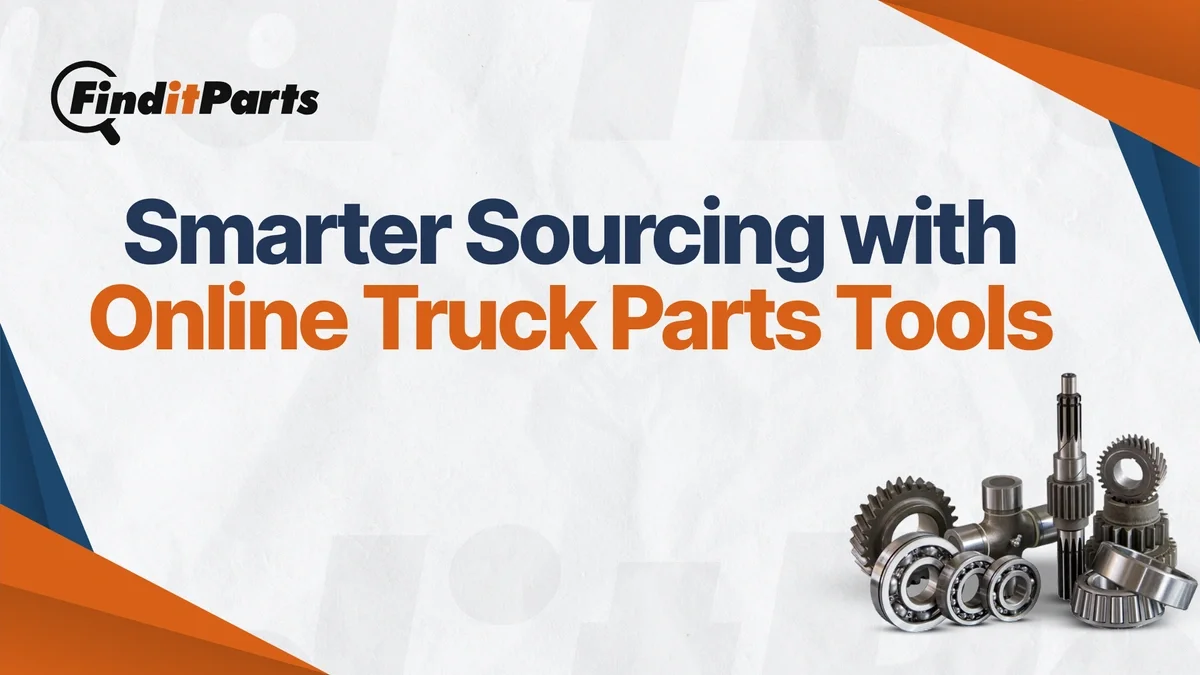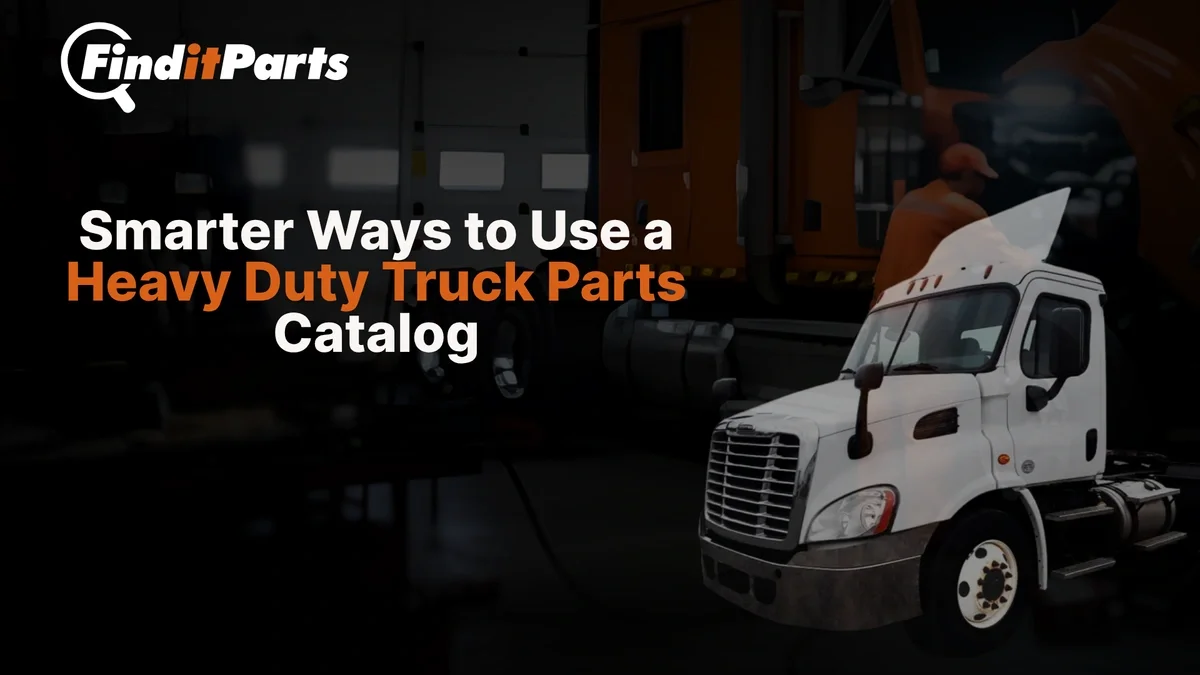Need help? We're here!
(888) 312-8812 Login Signup8 Safety Tips for Operating Heavy Equipment
August 30, 2021

Image Source: Canva.com
Almost any worksite that involves construction or earthmoving tasks uses at least one type of heavy equipment. From the trusty ol’ bulldozer to advanced asphalt pavers, heavy machinery has made what was once daunting tasks faster and much more efficient to do. But while they help get work done more quickly, heavy machinery can also be hazardous if not used properly. According to official OSHA data, being struck by heavy equipment is one of the top four causes of fatalities in construction sites. Combined, these account for more than 60% of all construction deaths in the U.S. Injury rates in construction are also 71% higher when compared to other industries and cost Americans more than $5 billion each year in health care, lost income, and reduced quality of life.
Safety should always be a priority when dealing with heavy machinery. And if you will be operating one any time soon, here are some tips you can use to reduce the risk of accidents and make it a problem-free workday:
Always be aware of your surroundings. Operators should also be mindful of their equipment's swing radius, especially when working in tight spaces, to avoid hitting other workers, bystanders, other vehicles, and equipment within its vicinity. Non-essential personnel should also keep a safe distance away from heavy equipment while it is operating to minimize the risk of accidents.
Use equipment only as intended. There’s no shortage of stories of workers getting hurt because they were using the equipment wrong. Keep in mind that each type of heavy equipment is designed to perform specific tasks, and using it for anything beyond that would put it at risk of injuring people or damaging anything around. So while it might be cool to use a wheel loader to carry your buddies in the bucket for a laugh, it is also hazardous and not to mention a potential violation of many health and safety regulations.
Know the limits of both you and your equipment. Aside from performing certain tasks, heavy machinery is also designed to do so under certain parameters, including specific lift and carrying capacities, terrain, and weather, among other things. Using your equipment beyond what it was rated for will put the machine and the operator at a safety risk. In addition, operators should never put themselves in a situation that makes them uncomfortable to operate the equipment. Working with heavy equipment is already a daunting task even for seasoned veterans, and any working condition that puts their safety at risk would only make things much worse.
Wear your seat belt. While they may be just as uncomfortable as those found in your car, those seat belts in your dozer are there for the same reason: to save your life. If the equipment tips or rolls over, the seat belt will prevent the operator from being thrown out of the cab and crushed by the vehicle when it tips back or continues to roll. Modern heavy equipment is also fitted with rollover protection systems that work alongside seat belts to prevent the cab's occupant from getting banged up or jostled while inside the cab.
Check the equipment before each use. Heavy equipment in poor operating conditions is more likely to fail prematurely or, at least, exhibit reduced performance. Operators should also not use equipment that appears to be damaged or not functioning properly. Doing so would damage the machine further and cause major safety concerns if not fixed beforehand.
We highly recommend doing a maintenance checklist before operating any heavy machinery. This list should include checking tires or tracks, hydraulic hoses, buckets, booms, and other components for signs of wear or damage. Check engine oil and hydraulic fluid levels as well before you start up the equipment for the day. Hydraulic arms, shovels, and other moving parts should also be able to perform their full range of motion. Finally, make sure all lights, gauges, horns, GPS, backup alarms, and other electronic devices are working normally.
Ensure the machine is shut off and set to park before entering and exiting the cab. Hydraulic controls should also be depressurized and the keys removed to prevent unauthorized use. Also, take the time to conduct a brief walk around the equipment. Check for any visual signs of damage, wear, or potential parts failure and report these as soon as possible. Finally, if you’re swapping out for the next shift, don’t forget to take any food items or personal belongings with you before leaving the cabin.
Always have a spotter. Heavy equipment operators must be 100% certain that it’s safe to move any part of their machine. Spotters remain the most practical solution as the operator can communicate with them in real-time to determine if there’s anyone or anything in the way. Spotters can also warn the operator if there’s something wrong with the machine itself.
Ideally, both the spotter and operator should have a two-way radio for communication on the fly. But if a radio isn’t available, hand signals or signs are the next best alternative. Spotters should also be fitted with appropriate hi-visibility clothing and other PPE to ensure they are easy to spot by the operator. In worksites where there is heavy traffic, spotters must also be capable of redirecting both pedestrians and vehicles while heavy equipment is operating.
Maintain a safe zone for traffic. All construction sites have their own share of dangers, but the risks are multiplied when it is near active roadways or exposed to lots of pedestrian traffic. In such instances, the surrounding area should be cordoned off with barriers to keep people from accidentally getting too close to the operating equipment. Operators should also work with spotters to identify any potential blind spots and mark them appropriately. Simple traffic cones and other physical barriers can be used as an effective border between traffic and heavy equipment. The DOT has also set guidelines on setting up buffer areas for construction sites, so be sure to check them.



